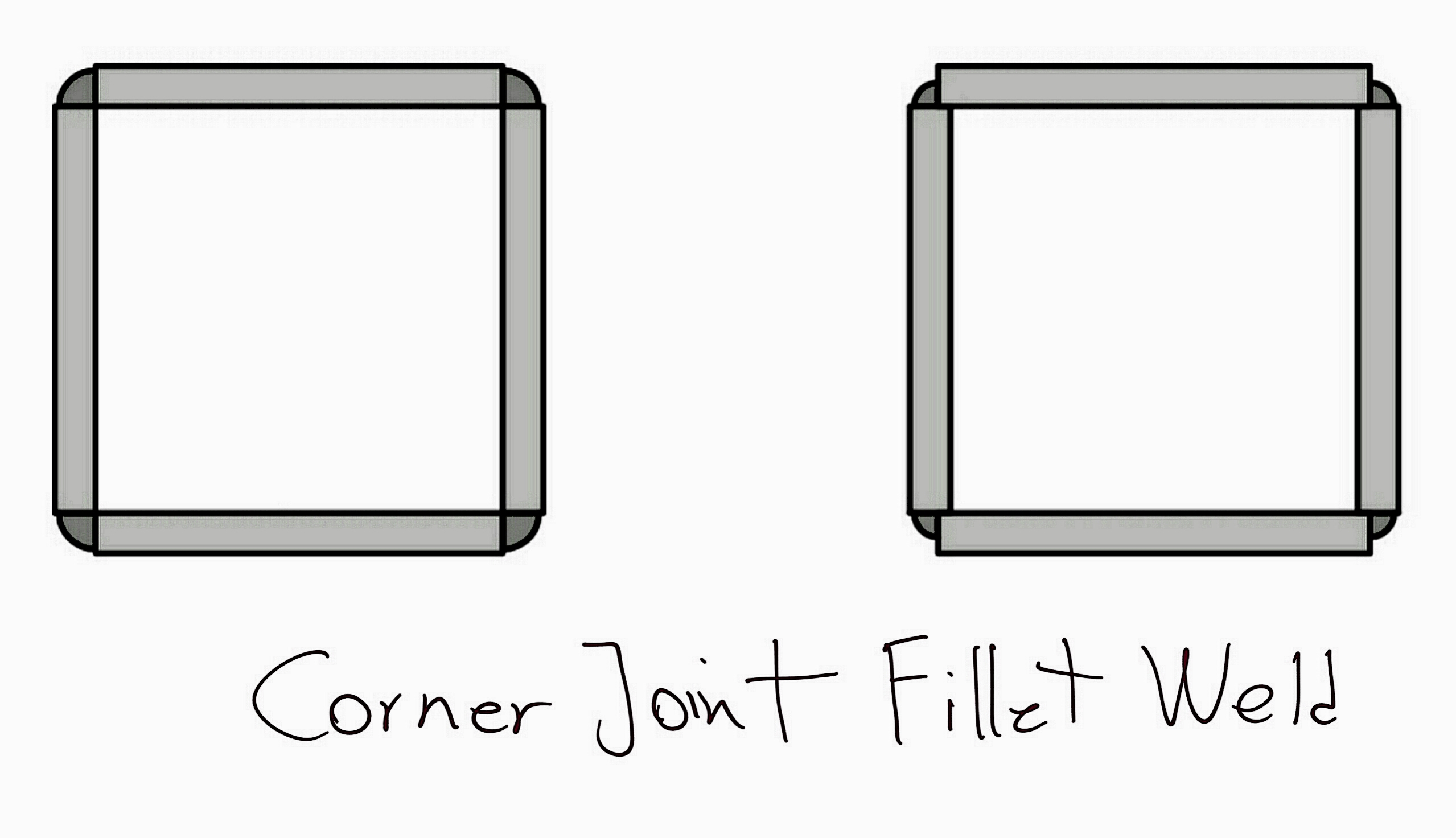Thank you a lot keeping discussion about subject...
I want to answer or note your 10 sentences,
1- Yes you are right but in AWS D1.1 figure 5.4 (F) it is pointed.
2- Definitely I agree with you.
3- Yes he did.
4- Yes we have got PQR and it was accepted.
5- ok
6- Until now it is OK but I do not know what happen if we have earthquake!!! Considratin Siesmic loading.
7- In square edge preparation we have only wire brushing the weld bead surface.
8- Yes

9- We have not sure what happens within it! I will show you a cross section of that joint.
10- Yep











